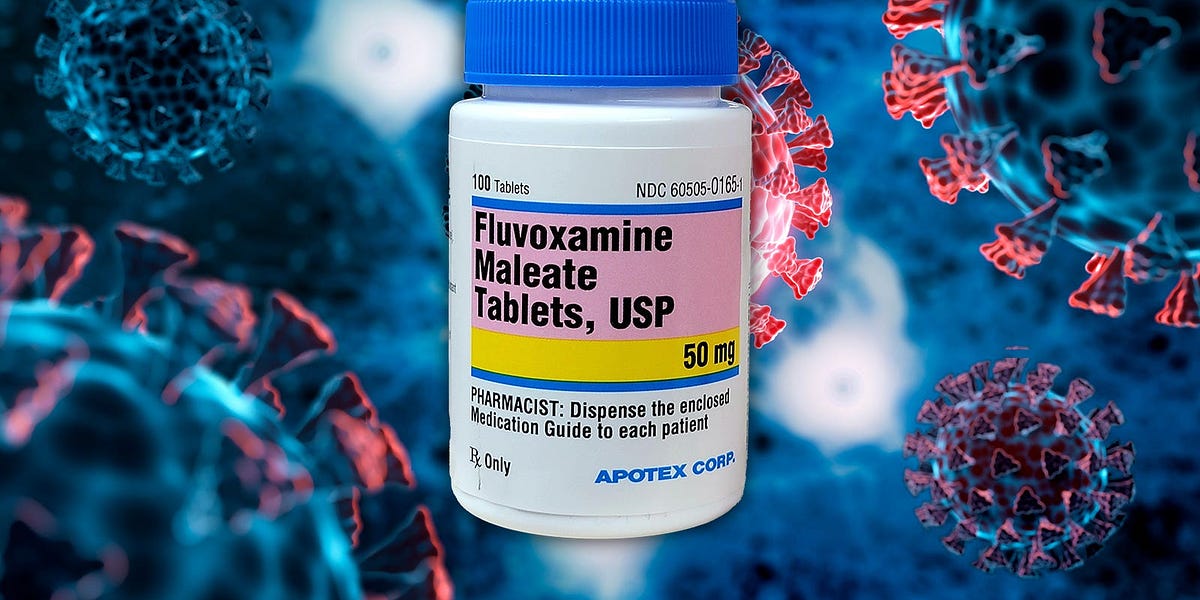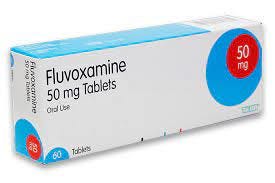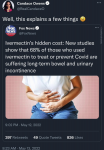In this interview, Congressman Thomas Massie shares the inside story of those absolutely critical first weeks of lockdowns.

brownstone.org
(fair use applies)
Congress and the Pandemic Response: An Interview with Thomas Massie
By
Brownstone Institute
May 16, 2022
Congressman Thomas Massie of Kentucky is the rare example of a statesman in the US who saw the pandemic and response with scientific clarity from the very beginning. He was never shy about sharing his views both in speeches and on social media, even when it contradicted the priorities of his own political party.
He spoke out that “two weeks to flatten the curve” made absolutely no sense. He was also personally responsible for forcing a quorum back to Washington, D.C., only one week into lockdowns, thus earning wild attacks from all sides.
He has been consistent from the beginning to end, sticking to good science and principle but always with charm and intelligence. As a result, he is hugely popular within his district, simply because voters know that he will always tell the truth as he sees it. In that way, he should serve as a model and inspiration for others.
In this interview, Congressman Massie shares the inside story of those absolutely critical first weeks of lockdowns, providing a deep and penetrating look into why he believed what he did and what fallout that brought down on him during a national hysteria.
He further reveals details not reported before such as the role of the White House in lobbying for the disastrous CARES Act (“the we don’t care act”) from March 2020 that set the stage for economic collapse and the current crisis.
The Brownstone Institute is deeply grateful for his time and the compliments he gives to our work. First the video and then the transcript follows.
Congressman Thomas Massie of Kentucky is the highly unusual statesman in the US who saw the pandemic and response with scientific clarity from the very beginning. He was never shy about sharing his vi...

odysee.com
Congress and the Pandemic Response: An Interview with Thomas Massie
43 min 38 sec
Jeffrey Tucker:
Hi, this is Jeffrey Tucker at the Brownstone Institute, and I’m thrilled to be here with my friend Thomas Massie, Congressman from Kentucky. Thanks for taking the time to be with us.
Thomas Massie:
Hey, thanks for what you’re doing at the Brownstone Institute. And thanks for having me on to set the record straight.
Jeffrey Tucker:
Well, this is what we need to do. I’m very worried about this because I’m getting concerned that we’re not going to tell this history of what happened properly. There’s a few things that I kind of want to get codified for the record about your involvement from the very early days. So if we could go back to March, 2020, and if you could explain to me what your intuitions were initially when we heard the slogans flatten the curve.
Thomas Massie:
Yes, we were going to flatten the curve, right? We were told that we would take just 15 days to slow the spread. On about the fourth day to slow the spread, I woke up early in the morning and did some math. I did some calculations. By the way, I went to MIT, did undergraduate and graduate degrees there in engineering. So I’ve had a little bit of math. I understand differential equations, but it wasn’t even necessary to bust out the differential equations to figure out that 15 days was not going to slow the spread. I calculated, if this strategy was going to have any effect, it would have to last for months and months, that it would go at least through the summer, if it was going to have any effect at all. I waited for my wife to wake up. She also went to MIT. So I got her to check my homework as she did when we were at MIT. She said, “I think you’re right.”
Jeffrey Tucker:
You did this based on the existing case reporting and what was presumed to be the R-naught at the time, the infection rate.
Thomas Massie:
Yes, that’s correct. At the time we had information from cruise ships, for instance, which are kind of like little test tubes or Petri dishes to look at, okay, if you assume complete exposure, how many are going to get it? How many will come down? How many will it be fatal with? So I made some quick estimates and some assumptions. My assumptions were probably too rosy even. Later that week or that day, I broke it to my staff. I told them, I said, I’ve done some math. This is not 15 days. So on Easter, our governors sent out state troopers to take down the license plates of people who defied him to go to church. Also, there was a woman who tested positive for COVID in Kentucky, and they wanted her to sign a document to say that she wouldn’t leave the state.
She wouldn’t leave her house. She agreed not to leave her house, but she refused to sign a document. She thought, well, what if I have to go … if there’s an emergency, life or death situation. They sent police to her house and put an ankle bracelet on her in Kentucky to track her. So all of these horrific things we saw on the news happening in China were happening in the United States. Meanwhile, Jeffrey, and again, let me get us back to about the fourth day of 15 to slow the spread. We’re being told we’re going to vote on a giant spending package. The numbers were changing. We weren’t sure what the numbers would be, how much would the money be. I was waiting, I was on call. I was ready to come to DC and debate that and vote on that.
Meanwhile, they were making preparations for continuity of government. Now, this is where things are going to sound conspiratorial, but I can point you back to articles that show what was happening in the event that the branches of government quit functioning. There’s sort of a military government that would take over in this country to maintain law and order. They were making preparations for that. They were telling people, if you remember also, not to leave your state. There was a discussion whether to shut down all the New England states, whether basically to stop all traffic in and out of New York state. There were discussions, serious discussions about that. You can go back in the news and find these things.
Jeffrey Tucker:
So March 12th, flights from Europe blocked, or at least stopped, and so everybody had to come back by Monday or Tuesday causing massive overcrowding. The Fauci, Birx, and Trump press conference occurs on Monday the 16th, at which Fauci clarified, everything has to shut down, bars, restaurants, all public events. If there’s evidence of community spread, he said. Birx is saying a new rule: Everybody has to stay separate from everybody else. That was on Monday. So by Friday, you’re saying there’s already talk of a gigantic spending bill.
Thomas Massie:
Yes, gigantic, unprecedented. So I’m sitting there at home. Actually, I believe it was a Wednesday or Tuesday evening. I think it was a Tuesday evening. I saw Trump’s people come on TV. Larry Kudlow was one of them. He said, well, it’s not really a $2 trillion bill you’re underselling. It’s a $6 trillion bill. We’re going to give $400 billion to the Federal Reserve. They can loan that out at a 10-to-one ratio and inject another $4 trillion of liquidity into the economy. It’ll be really $6 trillion. When I realized that the Republicans were bragging that this was $6 trillion, not really $2 trillion, don’t undersell it, I thought we are in trouble.
Thomas Massie:
Then shortly thereafter, I get an email from House leadership that says, stay home. We don’t need anybody here, and we’re going to pass this. By the way, we still didn’t have the wording of it. We’re going to pass the bill with nobody in Congress. Now this concerns me on many different levels. Number one, if the branches of government quit functioning, that gives an excuse for the folks who are up there, circling in airplanes, ready to roll out the plan for continuity of government that doesn’t include the legislative branch or even the existing people in the executive branch.
Jeffrey Tucker:
Yeah. Well, that’s what they wanted. I mean, clearly that’s the way they’ve behaved for two years, by the way.
Thomas Massie:
Yes. So it bothered me in that part. It also bothered me that this was the biggest spending bill in history. Even the omnibus bill was half that size. So the omnibus bill, which sets records every year, is typically like a trillion dollars or $1.1 trillion. And this was going to be over $2 trillion. If you listen to Larry Kudlow, it was a $6 trillion bill. The final thing that bothered me the most is it’s just flat out unconstitutional to pass a bill with nobody there. The Constitution says that you have to have a quorum to do business. In other words, to pass bills that are going to have any legal effect.
Jeffrey Tucker:
Meanwhile, you’ve got public health authorities saying quorums are just going to be super-spreader events. So we can’t have them essentially.
Thomas Massie:
Right. Although, by the way, there was a way for Congress to vote one at a time. We could have gone into the chamber one at a time and voted. There’s no requirement that you all be in the room at the same time, unless you’re trying to pass a bill without a quorum and somebody notes the absence of one. By the way, this was a technical detail I argued with Nancy Pelosi on for about 15 minutes, that it would be safer for us to vote on the bill than to have a quorum call, but we’ll get to that point in chronologically three days from what I’m speaking about now.
So at 11:00 PM that evening, I resolved to go to DC and tell them you’re going to have to vote on this. By midnight, I had my bags packed. I got in my car. It typically takes about eight hours to get to DC for me, but I hadn’t slept. So I slept for one hour at a truck stop. By the way, I stopped at three places to buy gasoline in West Virginia and they were all closed. There are the signs erected on the interstate, get off the interstate, trucks only, stay home. If you could remember, the whole world was in a panic at this time, and people were ready to take advantage of it.
Jeffrey Tucker:
Yeah. Everybody’s forgotten this. I’m so glad you’re telling this. Those were terrifying weeks.
Thomas Massie:
The third exit I took off the interstate, I found a gas station where you could buy gas with a credit card. It was unattended. It was like the zombie apocalypse or something. So I filled up my tank with gas. I slept for an hour at a truck stop after that, and then I made it to DC by 9:00 AM. You can go back and look in the record on tweets, in my tweets. This is sort of documented. They knew I was there. So, they were accusing me of trying to delay the vote, but they had fiddle farted around for about a week. The Senate had passed this and the Senate showed up to pass it, by the way.
Two senators were not there who might have objected. Due to COVID, they weren’t there. Rand Paul and Mike Lee were not in attendance because one of them had had COVID and one of them had been exposed to COVID. So that’s another reason why I ended up bearing the brunt of this. So I showed up that morning, and this is documented in social media history, in my tweets. There’s these breadcrumbs in the records you can go back and look at if anybody doubts this. I told people, for instance, tweeted out that the Constitution requires a quorum. I was trying to sort of acclimate my colleagues, in fact, that they were going to have to show up and vote. I did something I almost never do. I told our own whip team what my plans were. The whip team says, don’t surprise us. Just tell us what you’re going to do.
We just don’t want to be surprised. Well, then they take that information and they weaponize it against you. I knew they were going to weaponize it against me. They did. They ginnedit up by Thursday when I, in no uncertain terms, told them we were all going to come and vote because I was going to require it. By the way, the parliamentarian who’s ecumenical, he’s neither Republican nor Democrat. He’d been there for four or five Speakers of the House. He agreed with me. He told them Massie’s right. His interpretation of the Constitution is spot on. The Constitution says the House can make its own rules, but those rules can’t violate the Constitution. The Constitution requires a quorum. So they knew I was right. They were going to have to come and vote. They ginned up the entire media against me.
Even Fox was demonizing me. You can go back and hear Geraldo Rivera saying how bad I was and how this was such a bad thing for me to do. Meanwhile, they did find some things about the bill they didn’t like. They found $25 million for the Kennedy Center for the Arts. As if that was the problem with the bill, that it wasted a little bit of money here or there. Not that it was going to bankrupt our country or that it was going to basically put all the governors in a moral hazard where they had to shut down their own economies.
Jeffrey Tucker:
Right. Maybe we want to go there because I don’t think this critique is widely understood. In other words, every time I make it, people are shocked by the point. I got the point from you. I had never thought about it. Your point is that … it was called the Cares Act. Am I right?
Thomas Massie:
Yes. I called it the Don’t Cares Act.
Jeffrey Tucker:
Yeah. But your argument from the very beginning was that this would operate as a kind of a subsidy for the lockdowns. It would perpetuate lockdowns.
Thomas Massie:
Yes.
Jeffrey Tucker:
Can you explain how that works?
Thomas Massie:
Until a year later there weren’t really any federal lockdowns or mandates or things like that. It was all being promulgated by the governors, but it was done, number one, with the imprimatur of Dr. Fauci and Dr. Birx. They were skirting around, skipping around to all the state health departments and giving the imprimatur of the federal government to do these things. In fact, if the governors had gone the other way after hearing the advice from the federal government, it would’ve opened them up to a lot of lawsuits, because here you had the CDC and the NIH and the top scientists in the federal government advising one thing. So you had the imprimatur of the federal health policy experts that worked for Trump at the time. They had too much slack to go do this. Then meanwhile, you had the funding from the federal government.
One of the arguments my Constitutional conservative colleagues were making, that I was a little bit sympathetic to at first, was that this is a taking, and the Fifth Amendment requires us to compensate people for takings. Here’s the problem. The takings hadn’t happened yet. We were bribing governors to do the takings. By the way, if the state does the taking, it’s not the federal government’s obligation to do the paying back.
Jeffrey Tucker:
Right.
Thomas Massie:
Ultimately, the only thing I thought that would bring the governors to their senses is when they shut down their own economies, they would not have tax revenue, and they can’t print money, and they would be shutting down their own governments.
Jeffrey Tucker:
Right. But then suddenly, after the Cares Act passes, of course there’s tremendous pressure now already from the bottom to give us money, give us money. We want this money. Then after it started arriving, there was no reason to open up. Suddenly, the federal government became benevolent and generous.
Thomas Massie:
Yes.
Jeffrey Tucker:
In a way we had never seen before in our lifetimes.
Thomas Massie:
Right. You had things like minimum basic income. If you look at some of these policies, it was like we’re just going to give you money. By the way, it was a $2 trillion bill, but I said the $1,200 checks were the cheese and the trap. People saw $1,200, but if you multiplied … and I thought I would get some sympathy from the Democrats for this. If you looked at how much money was going out and compared it to the $1,200 checks that were going to go out, it was like 10 to one. The money was going somewhere else. It wasn’t going to individuals, but nobody was doing the math on that. By the way, Jeffrey, just to close out this point, Ron DeSantis, who in my opinion is the best governor, bar none, in the United States, even he shut down Florida for a little while as soon as the Cares Act passed.
He was also put in the same situation, but he did something brilliant. He banned Dr. Fauci and Dr. Birx from coming to Florida and talking to any state employee. That was a stroke of brilliance. So you’re not going to spread the imprimatur, the federal government, and establish that baseline here in Florida. You’re banned. He banned them.
Jeffrey Tucker:
Yeah. So he was suspicious from the beginning about this, but it took him a long time to finally … that sounds like he opened up Florida entirely until about August, right? Or may have been sooner than that, July.
Thomas Massie:
Yeah. I don’t remember the exact timeline, but again, I want to give him a lot of credit because he was at the forefront of this. But what I’m saying is the federal government really put all the governors in a bind by sending out this money. That was my problem with it is the policies were bad. You were going to pay people not to work. By the way, I pointed out at the time for about a month, I went on a road trip of shows, trying to explain to people all the bad things that were going to emanate from this. For instance, I own a farm and I’m connected to a lot of farmers in Kentucky. I realize if you don’t plant fruit trees that summer, it takes three years for a peach tree to bear fruit and five years for an apple tree to bear fruit.
If those people who normally plant those trees aren’t planting them, the tail on these shortages and price increases is at least five years long. I took some of my cattle to a processor that processes beef cattle, and I saw healthy dairy cattle being processed into hamburgers because, at the time, because of the shutdowns, we had dairy that couldn’t go into the market. Farmers were feeding dairy cattle, milking them, and pouring the milk out because it was normally packaged to go to schools and to go to restaurants, and it wasn’t packaged for selling in restaurants. They didn’t even have enough equipment to package it, to sell it in restaurants.
So they then just pour out the milk. You can only do that for so long. Eventually, they were butchering dairy cattle. It takes three years from the time you decide you want a milk cow to create a cow that can milk. The mother has to gestate. It has to be born. It has to reach breeding age. It has to be bred itself. Then it gets its milk when it has its first calf. That’s a 3-year process. Those were the things I was trying to explain at the time that we were touching off by telling everybody to stay home and not go anywhere.
[continued next post]
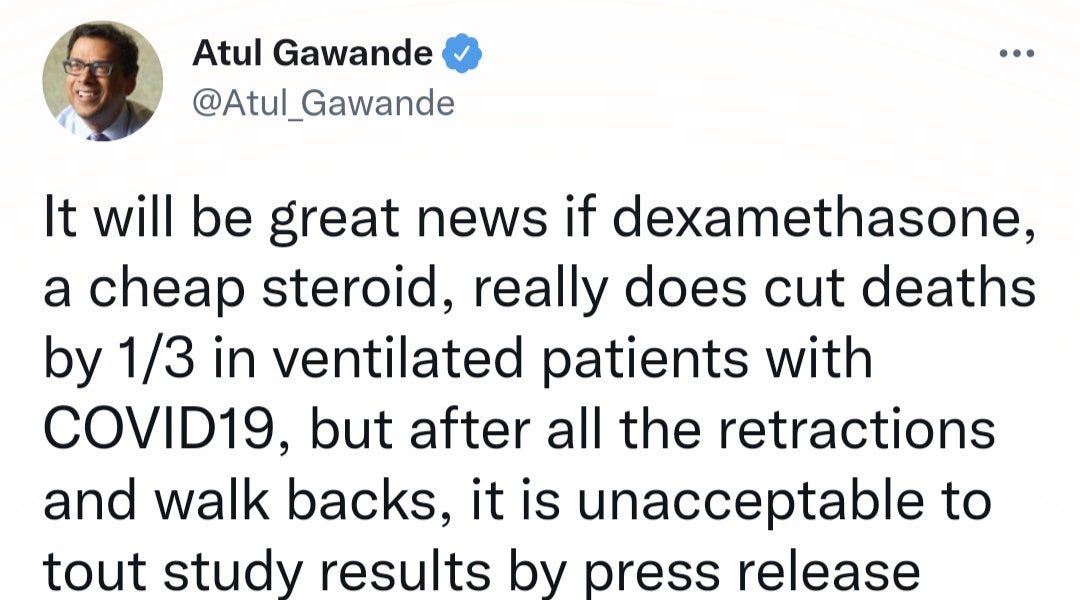

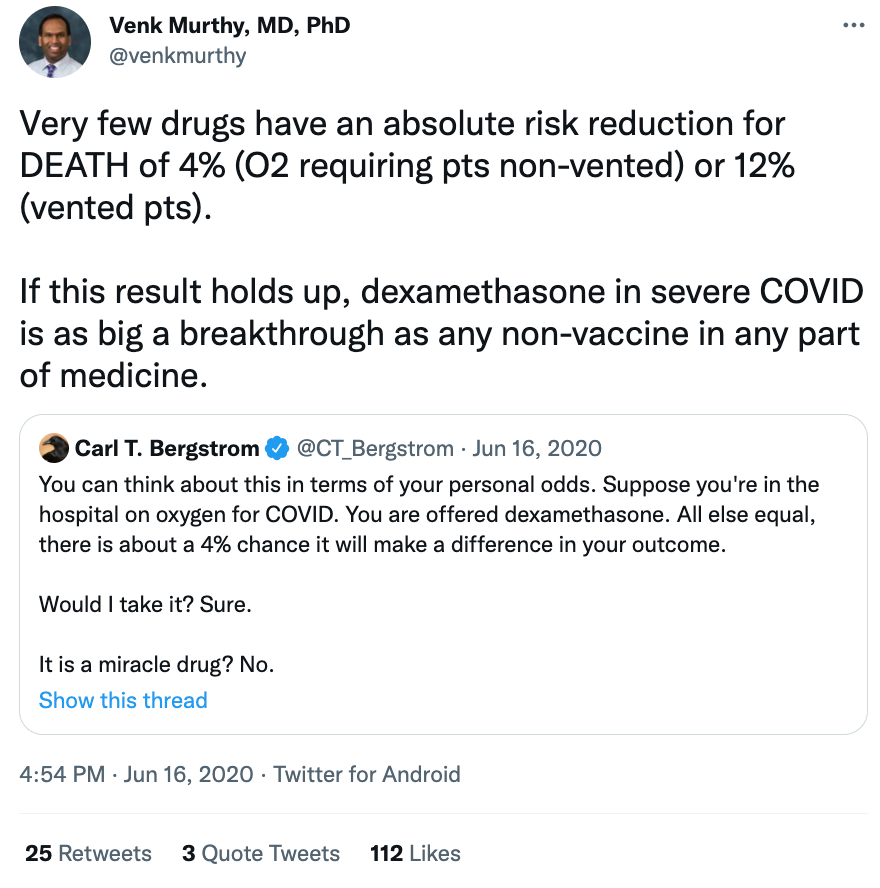


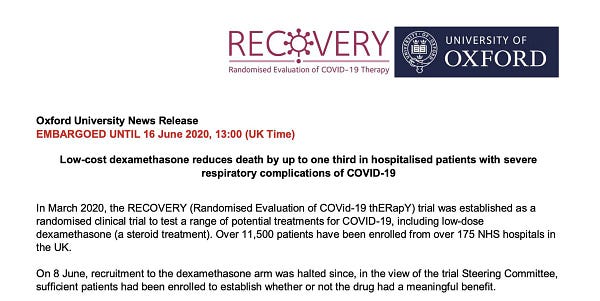





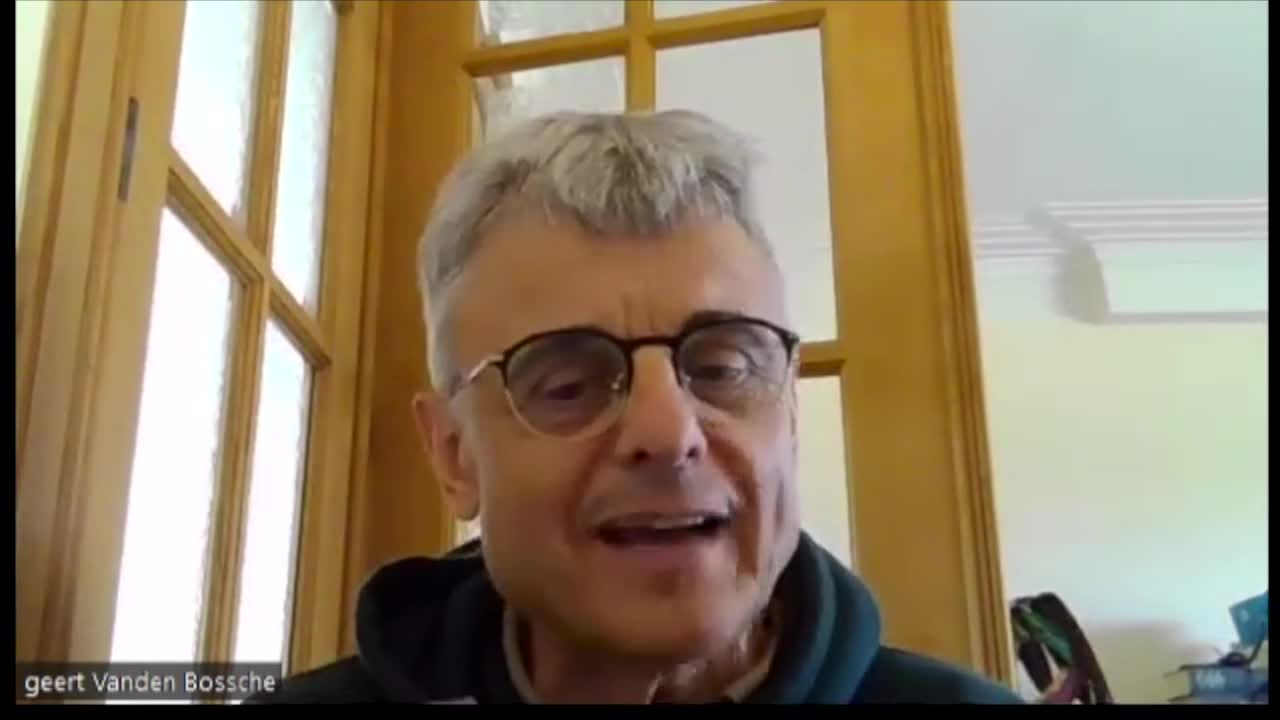
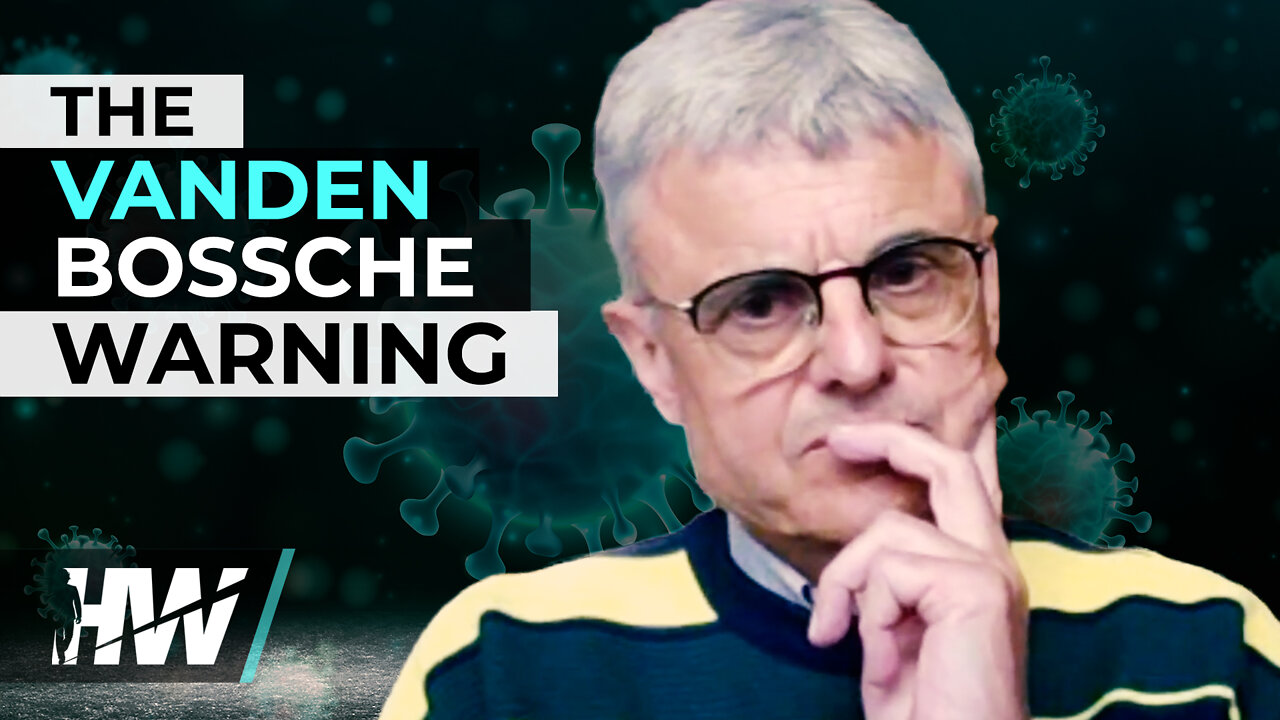


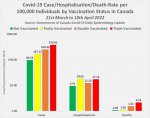

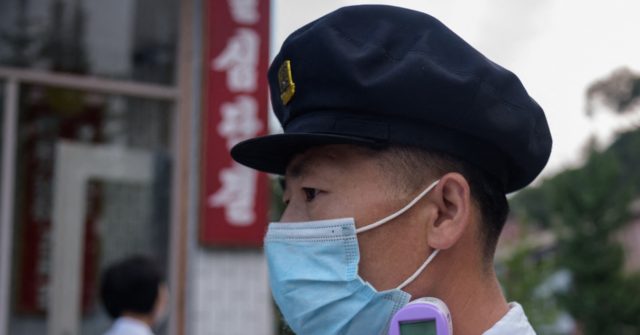

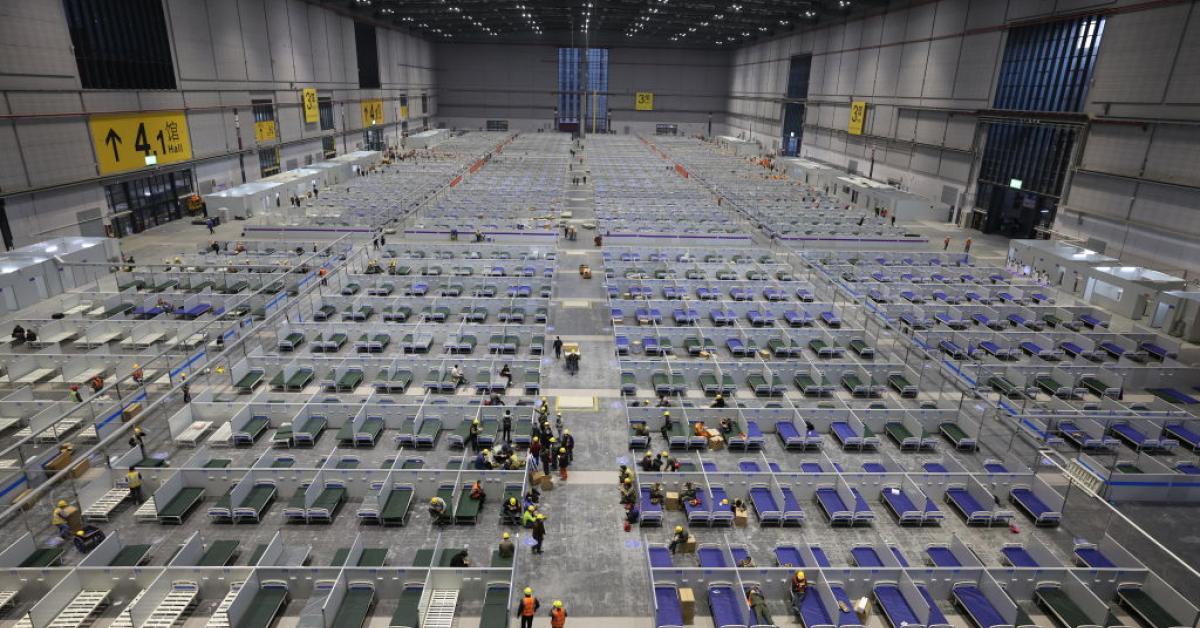
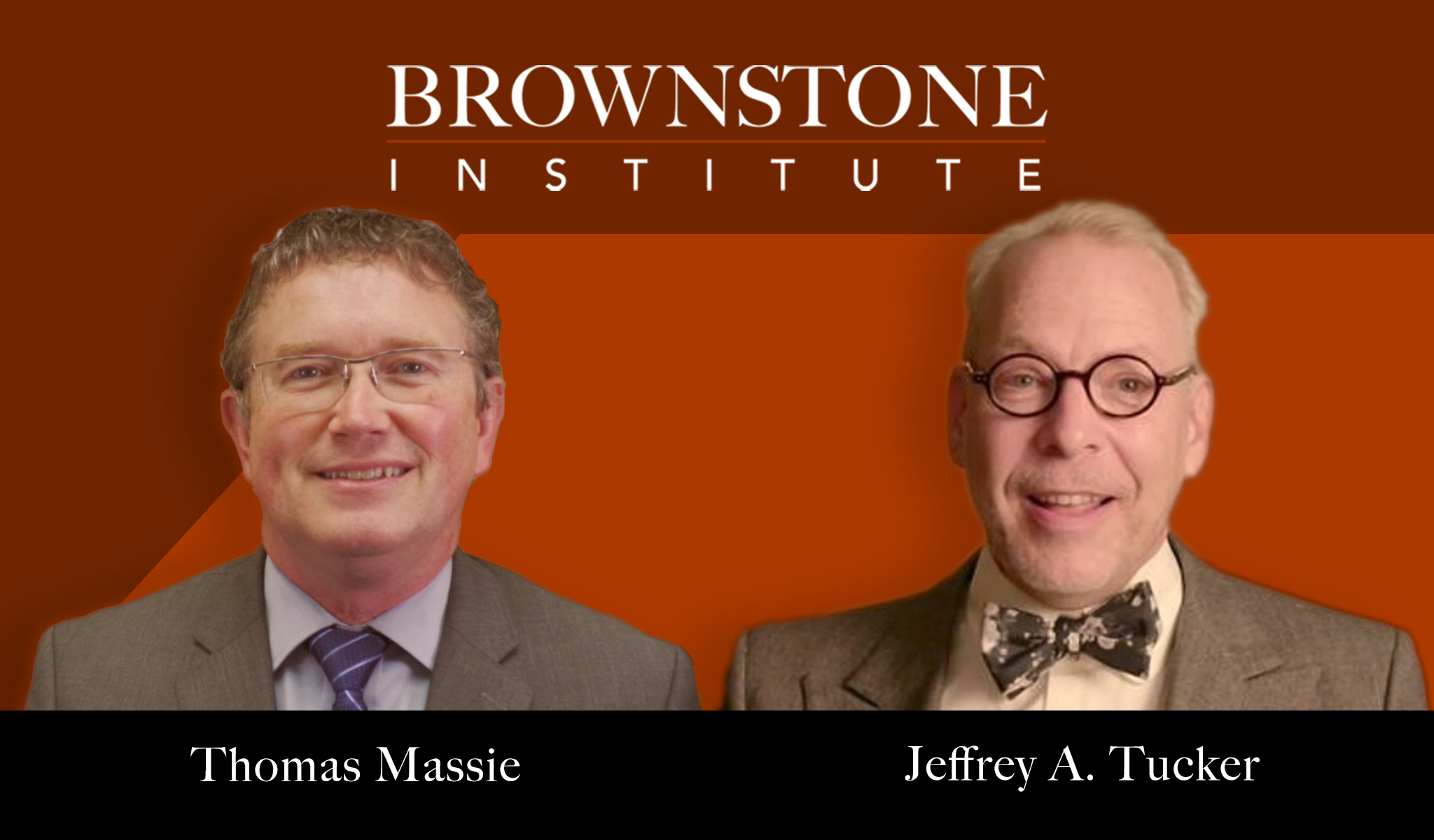
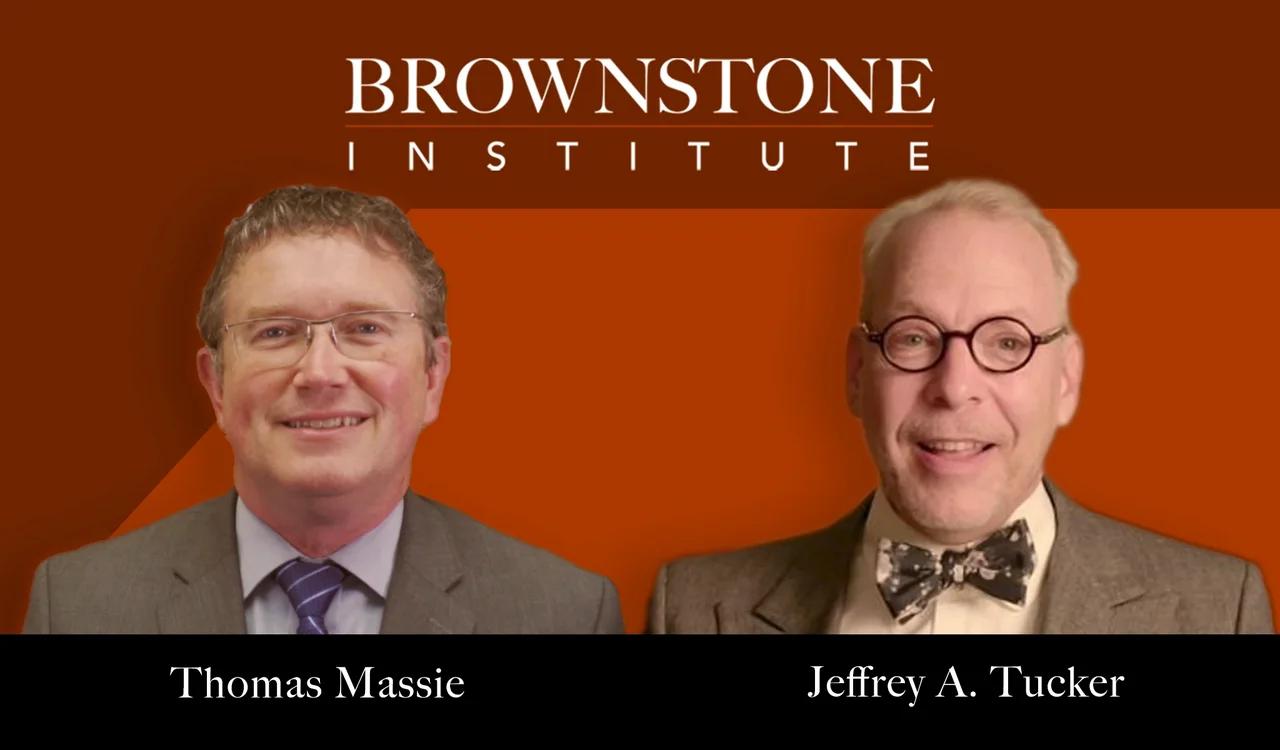
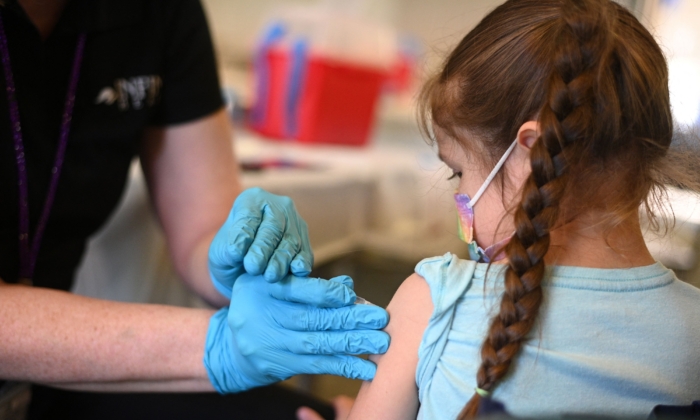

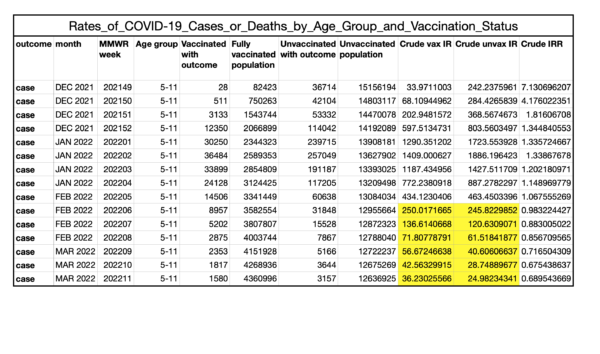
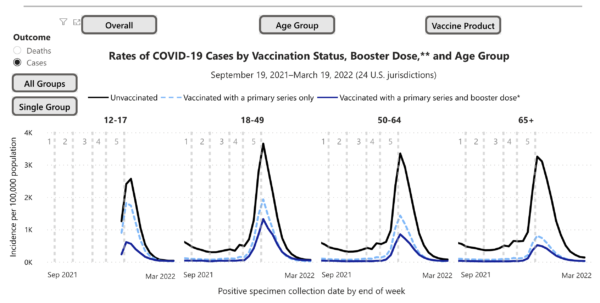
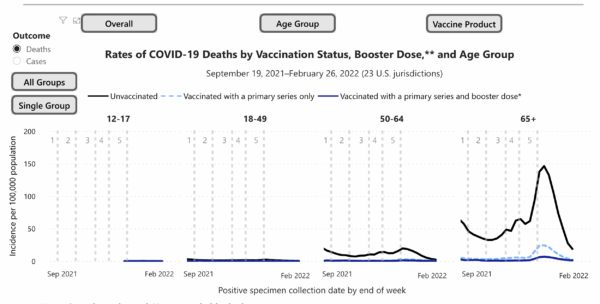
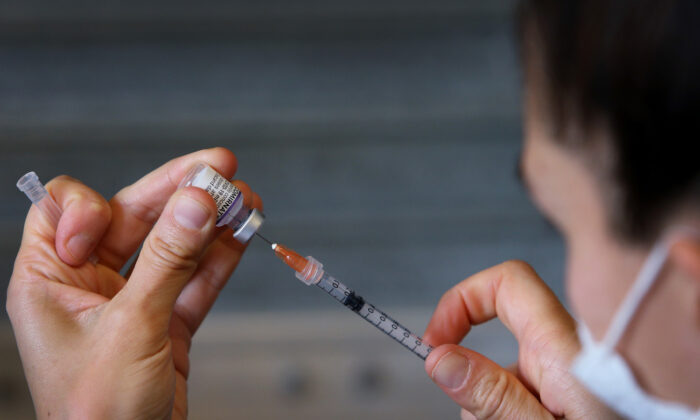
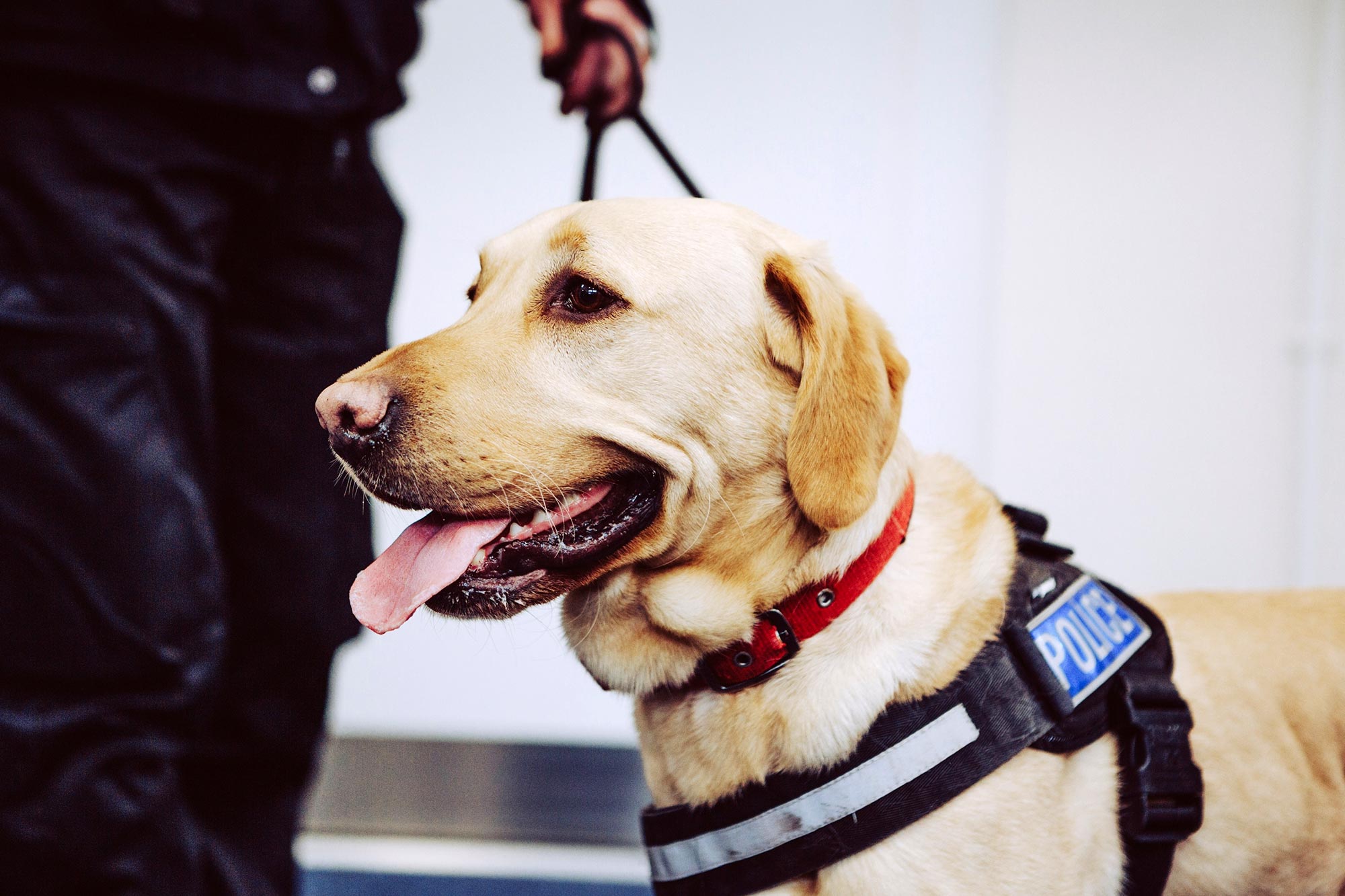
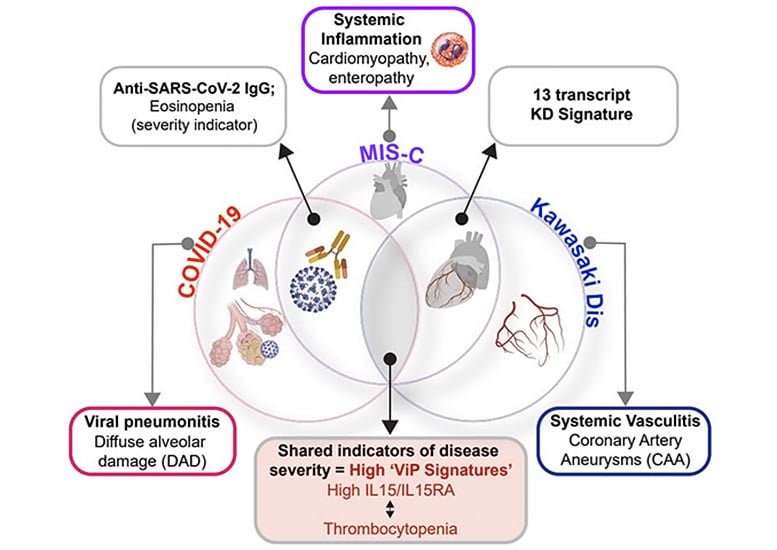
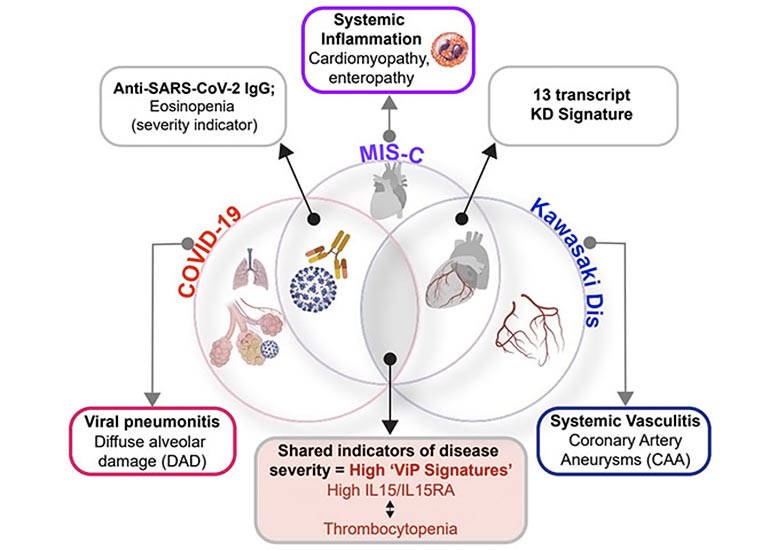
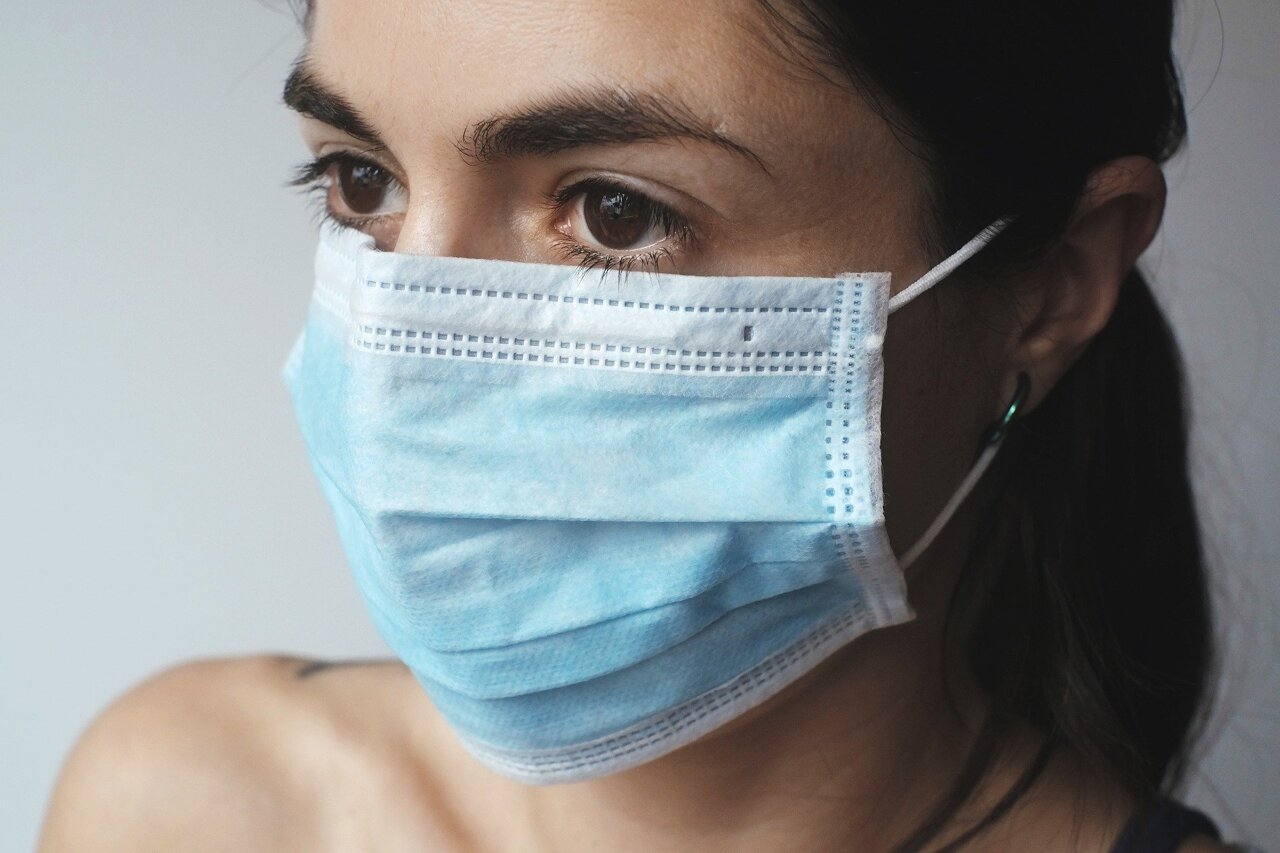
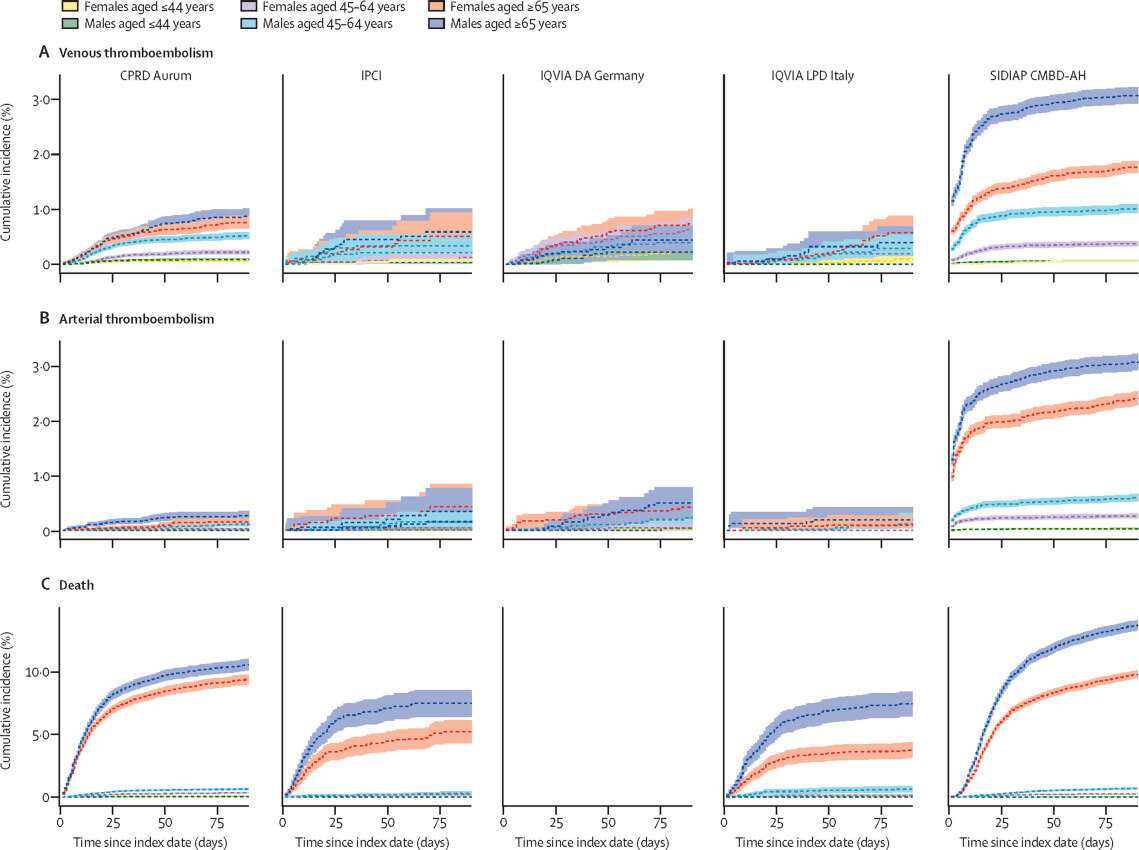
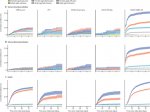
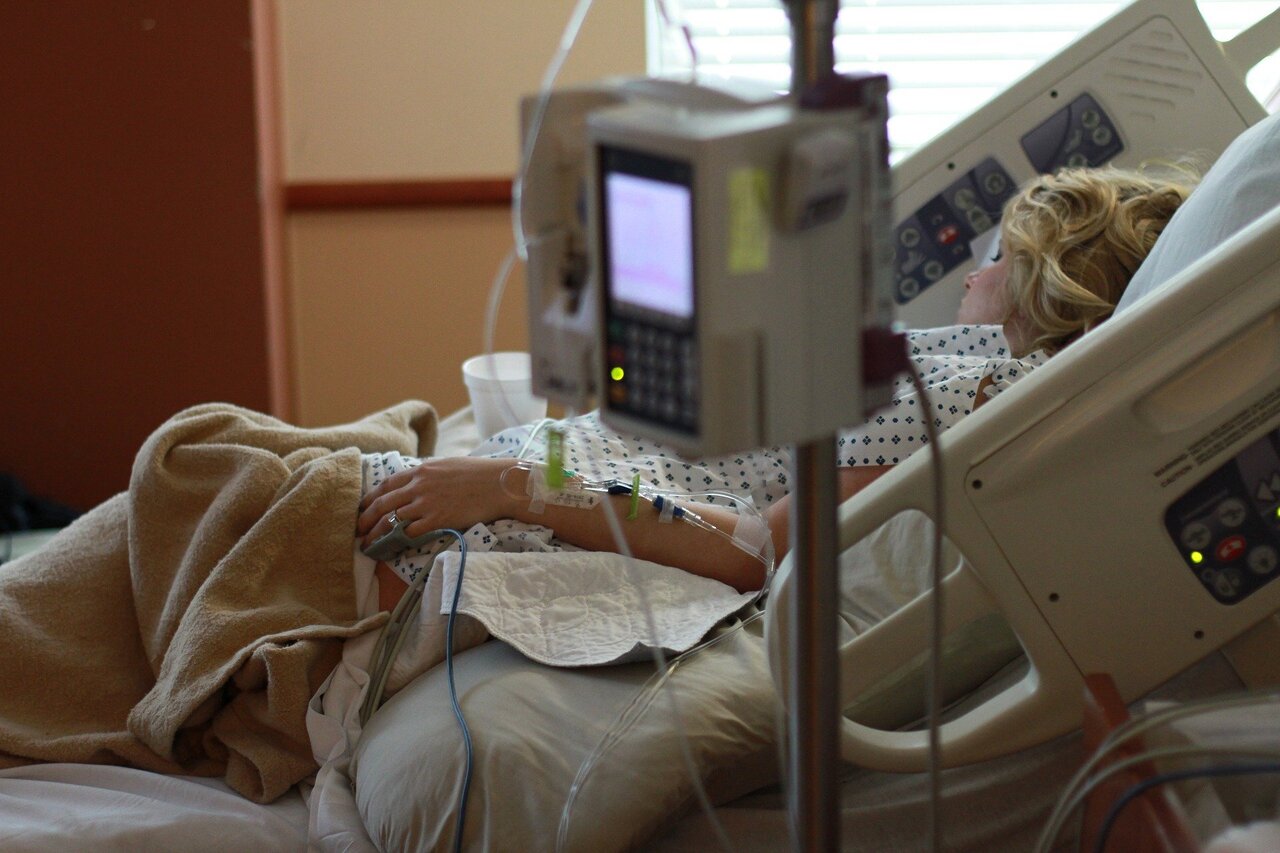
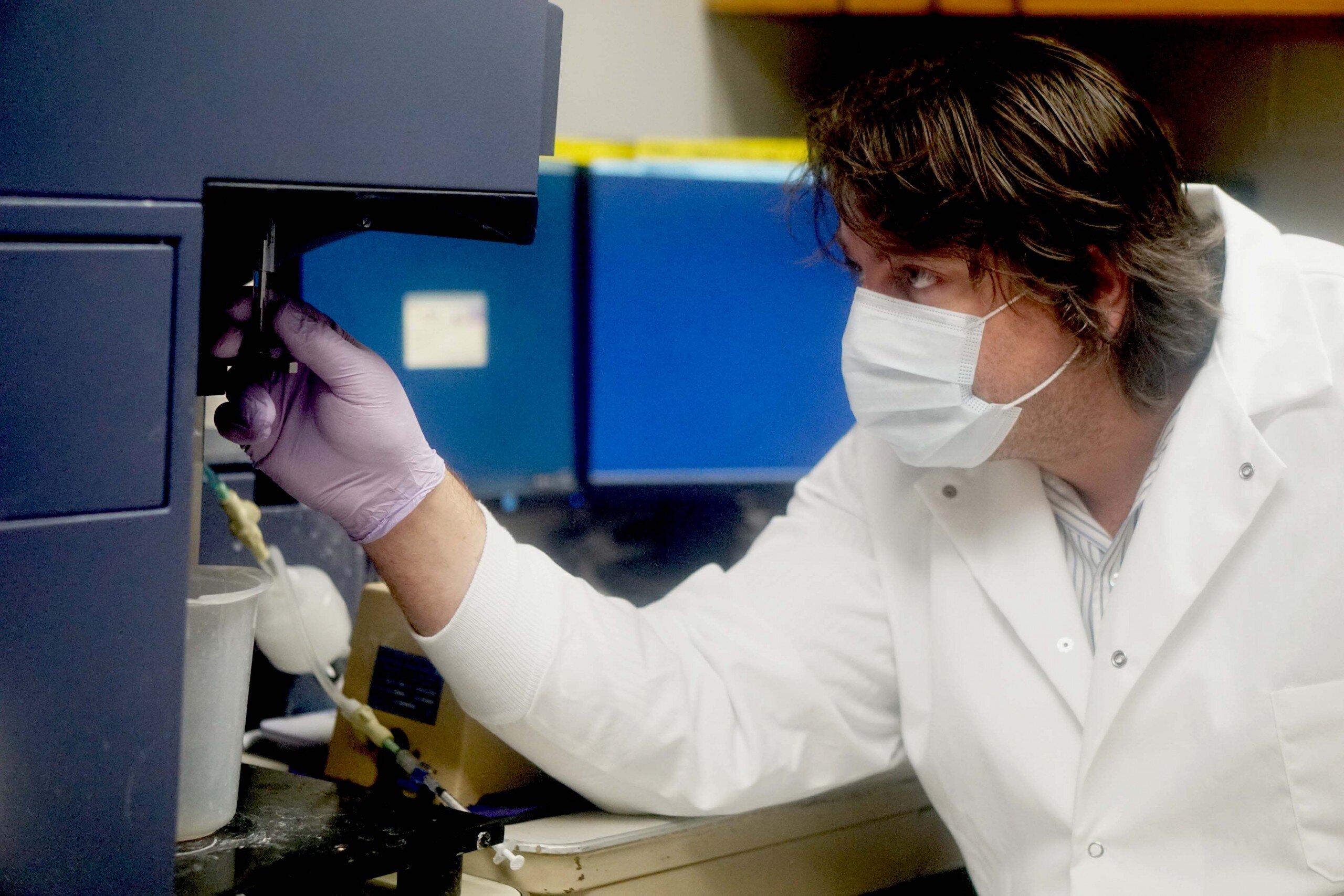
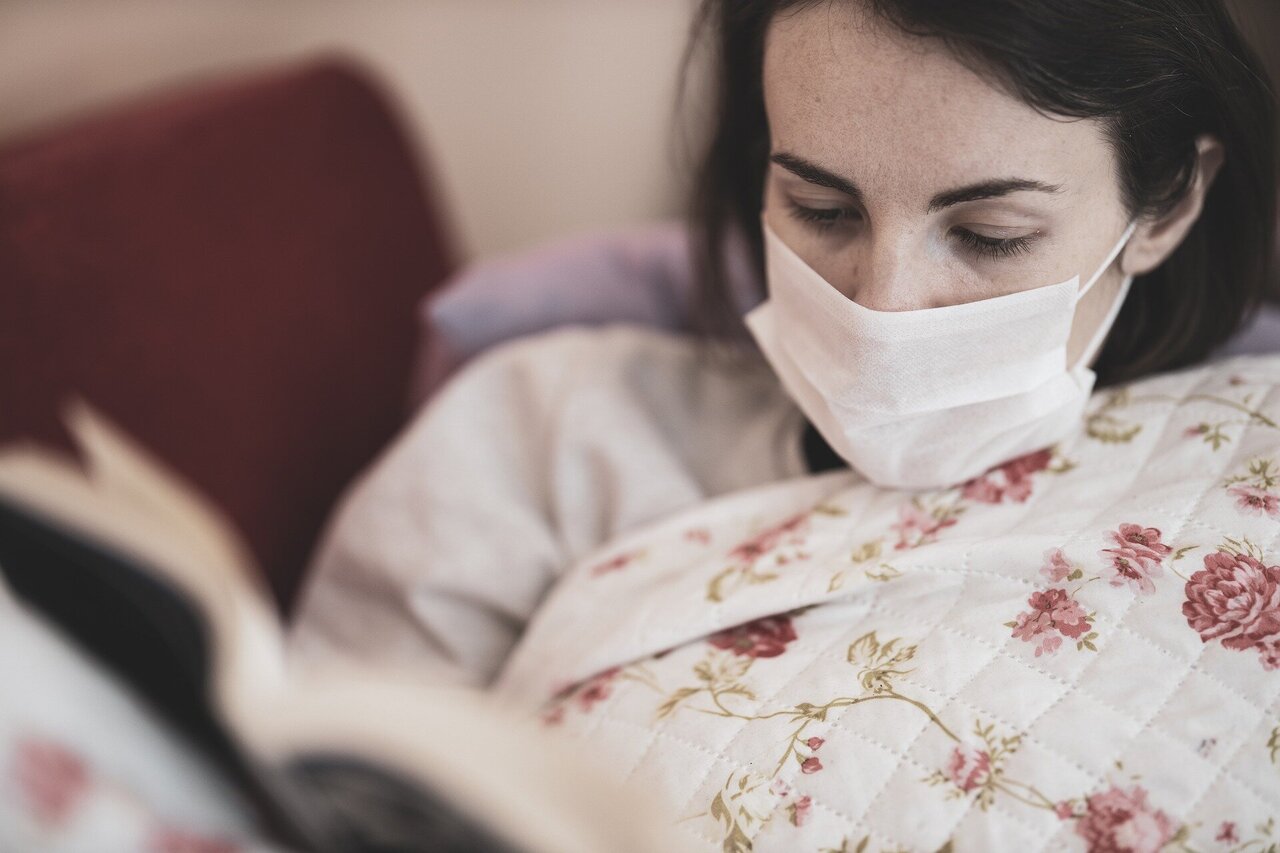
/cdn.vox-cdn.com/uploads/chorus_asset/file/23478825/1230137628.jpg)

